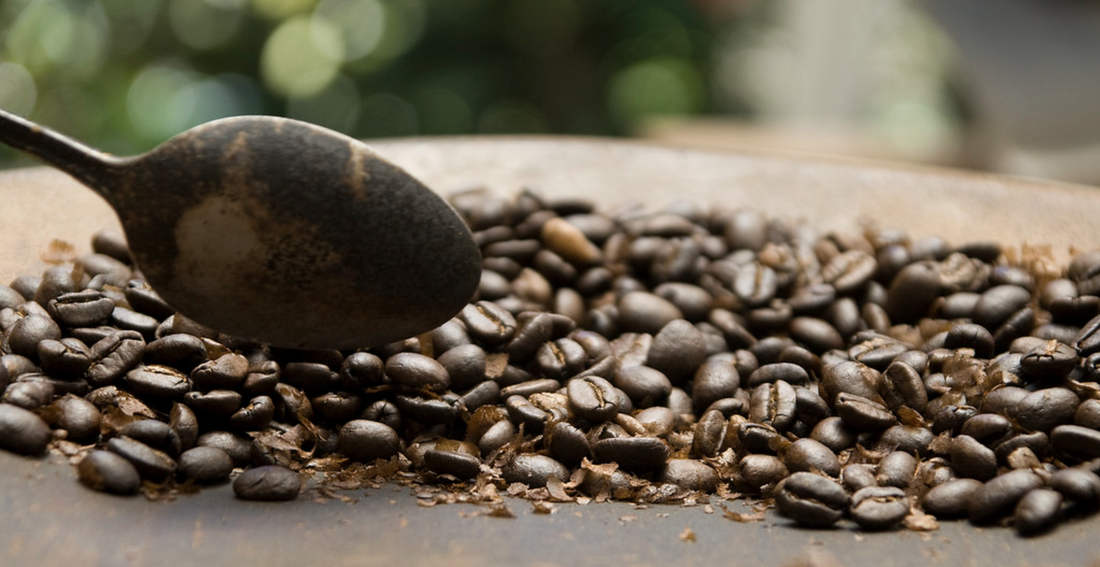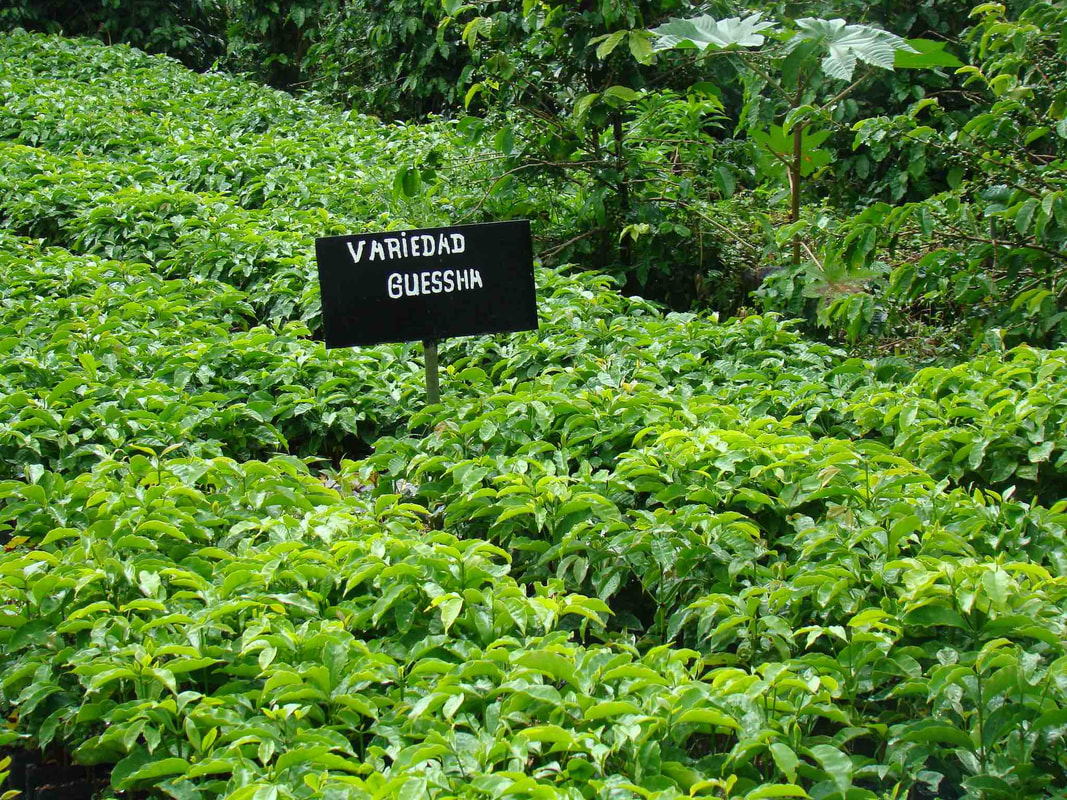|
When talking about the Chiriqui highlands... agriculture, adventure, exotic birds, spring weather, flowers and coffee are just a few things that come to mind. Within this region lies Boquete, a valley situated below Baru Volcano (the highest mountain in Panama at 3,475 meters) and a place where you con literally almost smell the coffee. The highlands have a relatively young period of colonization. Apart from the original colonizers that descended from the indigenous Ngabe ethnic group, the area began to fill very quickly, especially during the second half of the 1800's when adventures in search of gold decided to stay in this beautiful valley. Americans, Germans, French and some Swiss settled in the fertile slopes of the volcano, leading to a variety of small villages where subsistence farming combined with cattle were the source of income for many families. The first coffe plants come to the area between 1880 and 1894, for personal consumption production. People like Mr. J Thomas brought the first orange plants from California. Also, a few years after the official founding of the town in 1911, it started to become a tourist destination due to its characteristic climate of "eternal spring" which lead to the first hotel founded by Pop Wright to be built, which later became the well-known Panamonte Hotel. Subsequently, small hotels linked to the coffee plantations were built, giving the characteristic aspect that today identifies Boquete. In an area of 448 square kilometers and population of just over 22,000 inhabitants, this small valley has been positioned in the center of the world for coffee growing thanks to its climatic characteristics, altitude and fertile soil that is rich in minerals provided by the former eruptions of the volcano.
Arabic varieties are grown ranging from Caturra, Pacamara and several other varieties. But the queen of the coffee beans is Geisha, a little known bean that is now listed as one of the best and most expensive in the world. Its background, as with all Arabic coffee, started in Ethiopia passing through Kenya and Tanzania until reaching Costa Rica in 1953 and finally brought to Boquete in 1963 by Don Pachi. However, it wasn't until 2003 that Panama entered into the market of "specialty coffee", producing approximately 200 thousand sacks of coffee of which only 100 thousand are exported. Today, these coffees have earned a place worldwide and the little town of Boquete, Panama has become famous for its coffee.
1 Comment
|
AuthorAll people can be part of this blog, tell us about your experience in San Blas Islands or some tips for traveling to Panama. Archives
February 2024
Categories |
- Home
- SAN BLAS TOURS
- PANAMA TRAVEL | OTHER TOURS
- Boat Panama/Colombia/Panama
- MULTI-DAY TOURS
- PRIVATE TRANSFERS
- CONTACT
- ABOUT US
- FAQ
- Home
- San Blas Tours
- DESCUBRE PANAMÁ | OTROS TOURS
- MULTI-DAY TOURS
- Bote Panama/Colombia/Panama
- SERVICIO DE TRANSPORTE
- Contacto
- SOBRE NOSOTROS
- FAQ
- Home
- SAN BLAS TOURS
- SCOPRI PANAMÁ | ALTRI TOURS
- MULTI-DAY TOURS
- Barca Panama/Colombia/Panama
- SERVIZIO DI TRASPORTO
- Contatti
- CHI SIAMO
- COME PRENOTARE UN TOUR?
- FAQ
SITE MAP:
BEFORE BOOKING A TOUR TO SAN BLAS
|
LA CASA DE PAPEL 3 | SAN BLAS
|
San Blas dreams
|
MAPA DEL SITIO WEB:
ANTES DE RESERVAR UN TOUR A SAN BLAS
|
NUESTRO BLOG
|
SAN BLAS DREAMS
|
MAPPA DEL SITO:
prima di prenotare un tour alle san blas
|
|
SAN BLAS DREAMS
|


 RSS Feed
RSS Feed








